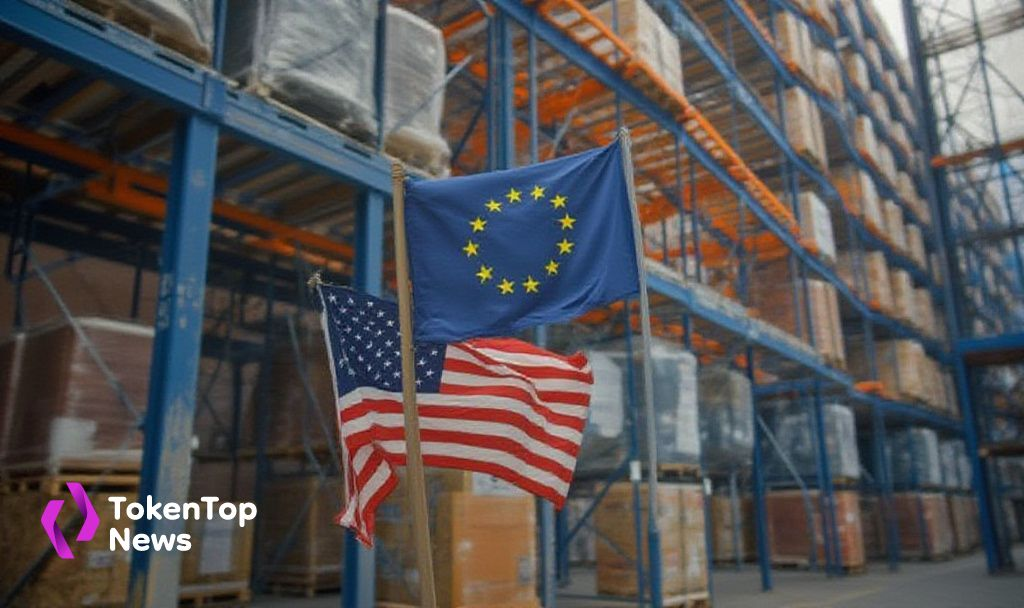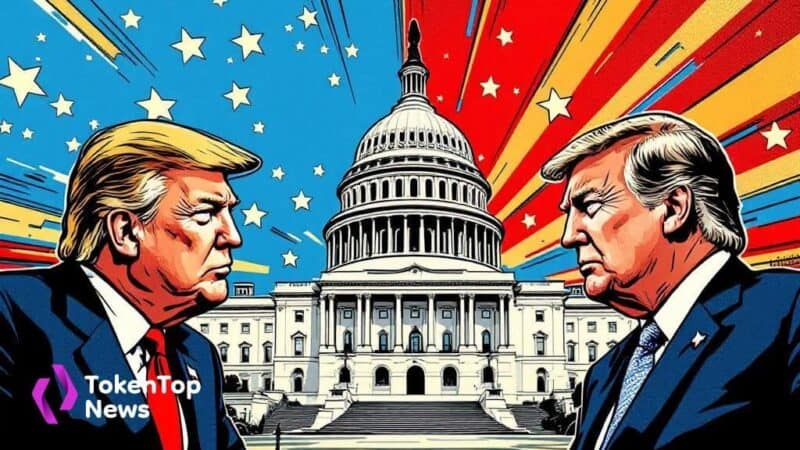EU Proposes €50 Billion Trade Deal to Ease US Tariffs
- The EU proposes a €50 billion trade agreement with the US.
- The deal seeks to ease existing tariff burdens.
- Market reactions to diplomatic progress remain pivotal.

The European Union plans to offer a €50 billion trade deal to the United States to alleviate tensions. The proposal involves increased EU purchases of US goods, aiming to reduce existing tariffs and improve bilateral relations.
Negotiations between the EU and the US hold potential market impact, influencing digital and traditional assets. Investors watch for outcomes influencing global economic power balance.
Strategic Economic Move
In a strategic economic maneuver, the European Union is set to propose a €50 billion trade offer to the United States. This follows escalating trade tensions marked by a 10% baseline tariff imposed by the Trump administration.
Leading figures in the negotiation include Maroš Šefčovič, European Union Trade Commissioner, and US trade representative Jamieson Greer. They aim to alleviate tariff burdens through increased EU purchases, primarily focusing on liquefied natural gas and agricultural products.
“Both sides are making certain progress toward a trade deal that would involve the EU purchasing €50 billion more in US products.” – Maroš Šefčovič, European Union Trade Commissioner
Immediate economic impacts could include shifts in trade dynamics, affecting industries reliant on transatlantic imports and exports. The deal could alter the US’s current services surplus with Europe.
Political implications involve the potential resolution of EU-US trade imbalances and reciprocal tariff discussions. Ursula von der Leyen warned of aggressive EU measures if talks stall.
Investors are closely observing for possible volatility in markets, especially digital assets. Historical trends suggest that trade negotiations can lead to economic uncertainties and market shifts, impacting investor sentiment globally.




